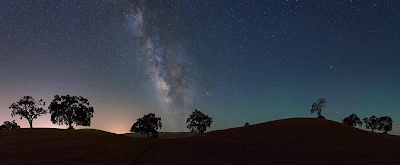By my favorite poet in the world, Charles Bukowski:
Palm Leaves
at exactly 12:00 midnight
1973-74
Los Angeles
it began to rain on the
palm leaves outside my window
the horns and the firecrackers
went off
and it thundered.
I'd gone to bed at 9:00 p.m.
turned out the lights
pulled up the covers --
their gaiety, their happiness
their screams, their paper hats,
their automobiles, their women
their amateur drunks...
New Year's Eve always terrifies me
life knows nothing of years.
now the horns have stopped and
the firecrackers and the thunder...
it's all over in five minutes...
all I hear is the rain
on the palm leaves,
and I think,
I will never understand men,
but I have lived
it through.




























